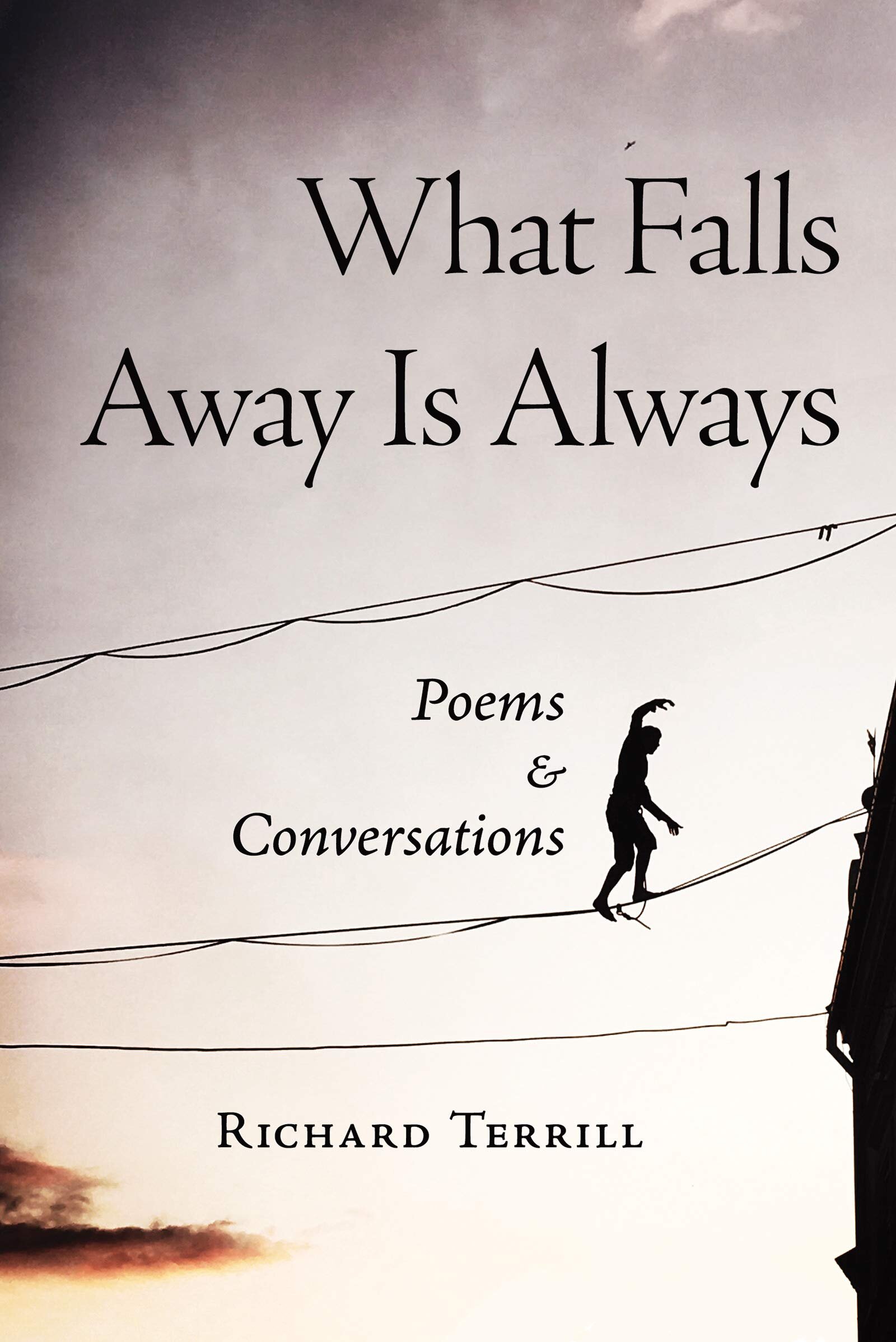Elise Eyestad
Following the opening of the new Center for Racial and Restorative Justice on the University of Wisconsin-Eau Claire’s campus, a flagship program was created, titled “Racing Toward Justice.” Their first event kicks off this Tuesday, September 29th, with a livestreamed conversation with New York Times best-selling author Roxane Gay, who will be “examining race through an intersectional lens and against a backdrop of current events.”
Dr. Christopher Jorgenson, Director of the Gender & Sexuality Resource Center at UW-Eau Claire, and Dr. Demetrius Smith, Program Director for Equity, Diversity and Inclusion at UW-Eau Claire partnered together to create “Racing Toward Justice.” “Racing Toward Justice” will have monthly events, such as discussions, panels, or speakers, throughout this school year, excluding December and May. When considering who to feature for the opening event, they wanted to be intentionally intersectional, “highlighting voices that aren’t always highlighted in issues with race.”
Though planning events online because of a pandemic can be stressful, to say the least, it can also provide new opportunities that would have been impossible to do in person. Because of virtual, livestreamed events, new doors were opened for Jorgenson and Smith to reach out to speakers who would normally be outside of the university’s budget. With these new possibilities, Roxane Gay was brought up, and thankfully, she accepted.
Gay shot to fame with her New York Times best-seller Bad Feminist. She is also the author of the well-known books Hunger, a memoir, and Difficult Women, a collection of short stories. As a queer woman of color, Gay also offers blunt assessments of race, popular culture, and feminism.
“She speaks in ways that are accessible to everyone; ways that are not so esoteric but are really smart,” says Jorgenson. “She’s smart, funny, and in particular, she appeals to a lot of people who don’t normally see their experiences discussed.”
“She speaks in ways that are accessible to everyone; ways that are not so esoteric but are really smart,” says Jorgenson. “She’s smart, funny, and in particular, she appeals to a lot of people who don’t normally see their experiences discussed.”
This event is not campus-exclusive; anyone from our community is encouraged to join. Simply follow this link or scan the QR code on the poster. It’s free, and Jorgenson’s hope is that many will come and enjoy! Roxane Gay will speak for 30-45 minutes, then the online audience will have the opportunity to send in questions, which a moderator will ask to Gay.
“There are people who feel so frustrated in the United States right now because they want to do something, but they don’t know what to do. Engaging in these conversations are an excellent way to either begin or to continue and compliment your own advocacy,” says Jorgenson.
Mark your calendar and tune in for free to the livestream on Tuesday, September 29th at 6pm.




































